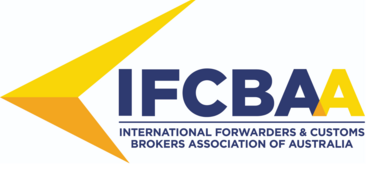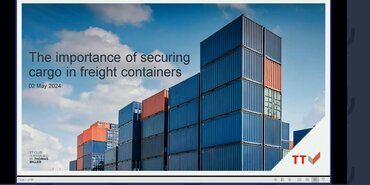Container Casualties - The Sum of the Parts
The webinar discusses container ship casualties involving collapse of stowage and loss of containers overboard. It covers the various factors that can contribute to these incidents, including cargo packing, container structure, stowage planning, weather routing, ship design, and maintenance of lashing equipment. The panel explores past incidents, regulatory actions taken, and potential ways to improve safety.
Opening Remarks
The webinar brought together experts from UK P&I Club, TT Club, and industry to discuss this important topic. Over 300 people attended the virtual event. The webinar featured a presentation followed by a Q&A session focused on questions submitted during registration.
Presentation Summary
- Container loss overboard is an ongoing issue, though not a new trend. Causation is complex - an aggregation of multiple factors.
- Key areas examined: cargo packing, container specs, stowage planning, weather routing, ship design, lashing equipment.
- Extreme weather typically a factor, but incidents occur globally. Affects ships of all sizes.
- Prior studies like Lashing@Sea have prompted some actions, but other recommendations remain unimplemented.
- Continued focus needed to identify avoidable risks and mitigate them through cooperation of all stakeholders.
Q&A Highlights
- Managing large, complex ships requires significant coordination between departments and jurisdictions. Contemporaneous evidence is crucial.
- Relationships with investigating authorities are generally positive, but resources may be limited. Speculative findings in casualty reports can create issues for carriers.
- Partial loading can leave ships with excess GM and a short, stiff roll period. Pre-planning and options to re-stow cargo can help, but are costly.
- Regular inspection and maintenance of lashing gear is essential. Both loose gear and fixed fittings fail. New calculations needed to account for ship flexing.
- Clean bills of lading don't automatically make carrier liable for any loss. Causation complex. Shipper responsible for proper packing.
Conclusion
Further study of ship motions and unimplemented recommendations could significantly improve safety. All parties across the supply chain must work together to identify and mitigate risks.
- Author
- Staff Author
- Date
- 30/07/2020





